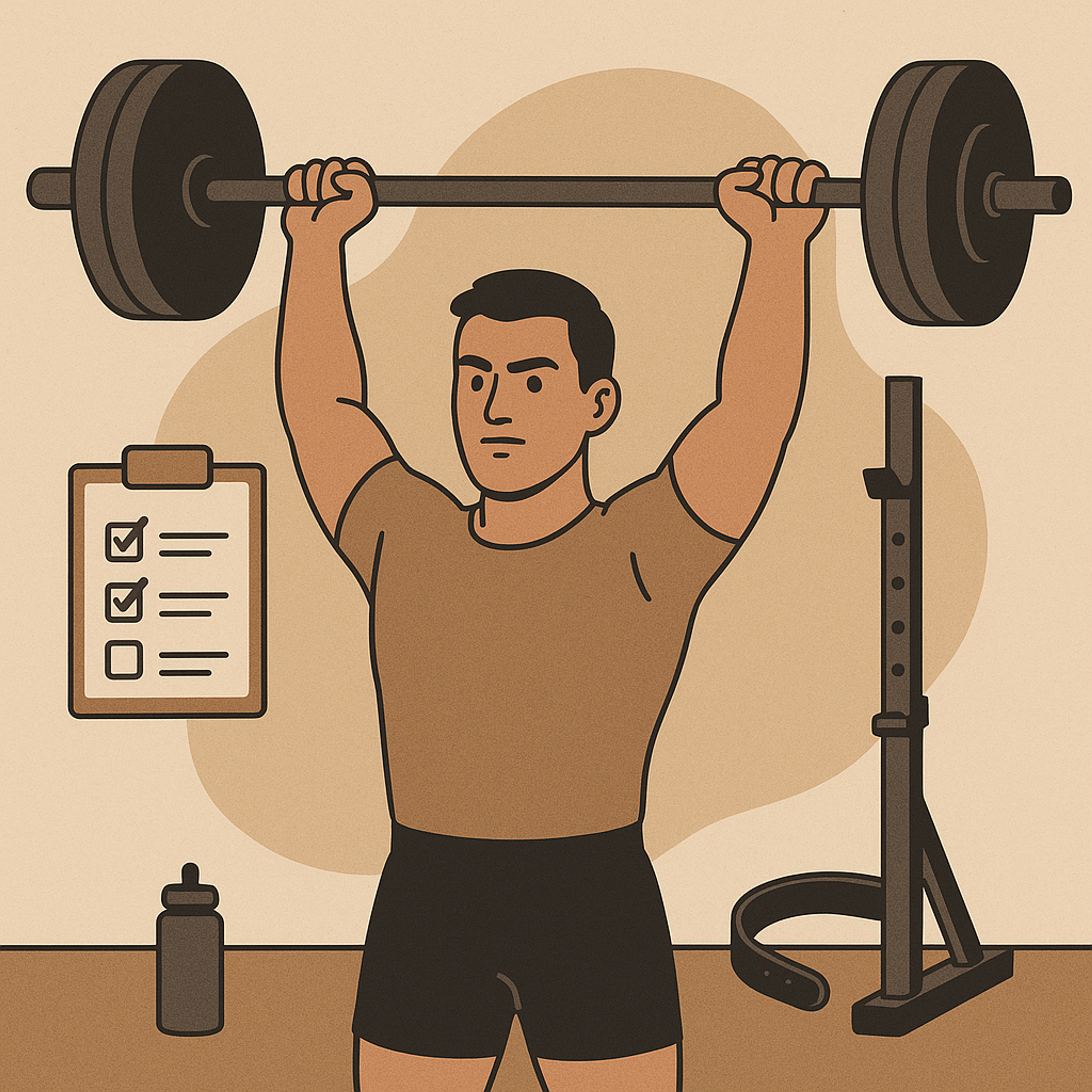There are many reasons why one might want to start working out. Some of the most common include looking better naked, being stronger, improving performance in a sport, or most importantly improving health. This article will first help to support some of these reasons. Then we will outline a suggestion of where one might start with such a journey, and finally how one might progress from there. In the next two sections, we will talk about improvement in sports performance and general health. Mainly because it is obvious to most that resistance training improves strength and muscle mass, while many might not realize why this is important for both performance in sports and general health.
Strength training improves health
Resistance training brings many benefits besides those people normally associate with lifting weights. The most important of these are its benefits for general health. Not only does resistance training simply reduce the risk of dying [1, 2, 3]. it also increases bone density [4] and muscle mass [5], which are extremely important for the quality of life later in life.
Strength training improving sports performance
To many sports practitioners, the usefulness of resistance training is clear. Today it is widely adopted as GPP (general physical preparedness) in many sports. I will even argue that it is useful for any sport in an appropriate dose. At the core of all sports, they consist of exerting force on an external object in arbitrary ways. This is precisely what resistance training improves. For those not convinced by this argument, it also carries the added benefit of reducing injury risk, which is important to any athlete [6, 7, 8].
Beginner program
Where do I start with strength training?
Now we have a program, the next question is, how do one start with a new exercise? Our preferred method is starting with the empty bar or some relatively lightweight and then performing a few sets (usually 2-3 sets will be fine) with this weight and enough reps to get things moving. Then one adds weight to the bar and performs a few warmup sets until an appropriate working weight is reached. This weight will be challenging, but not too hard. We expect that one leaves a "few reps in the tank" on the first workout. This leaves space to progress and improve. Below one can find video tutorials on how to perform the most basic movements.
How do I progress with my training?
We will term this a "beginners program" which begs the question, when are you a beginner? We classify a beginner as someone who can adapt faster than they accumulate fatigue and thus are continuously able to increase the weight on the bar or reps performed with a certain weight in a specific exercise, without the use of any sophisticated strategies. The way one progresses in this phase of one's training career is thus simply to add 2.5 kg or 5 lbs to the bar, every single workout. This pattern will repeat until such weight increases are no longer feasible. This phase usually ends when adding more weight becomes too hard to recover from or when the program starts to feel stale and one might require new programming to stay motivated. We emphasize that there is no virtue in killing oneself with non-constructive training and that it might be better to move on than try to add weight one more time. In the long run, the beginner phase of training won't matter much anyway.
What's next?
When you can no longer adapt from one workout to the next or for some other reason choose to "graduate" from the novice phase things will have to get more complex. This will naturally lead to concepts such as periodization and auto-regulations. In the future, we plan to provide examples of such programming as well as more information on the topic.
[1] The association of resistance training with mortality: A systematic review and meta-analysis
[5] The Intensity and Effects of Strength Training in the Elderly
[6] Value of resistance training for the reduction of sports injuries
[7] Strength training as superior, dose-dependent and safe prevention of acute and overuse sports injuries: a systematic review, qualitative analysis and meta-analysis
[8] Resistance Training's Role in the Prevention of Sports Injuries
About Rasmus
Powerlifter and coach with more than 7 years in the game.
